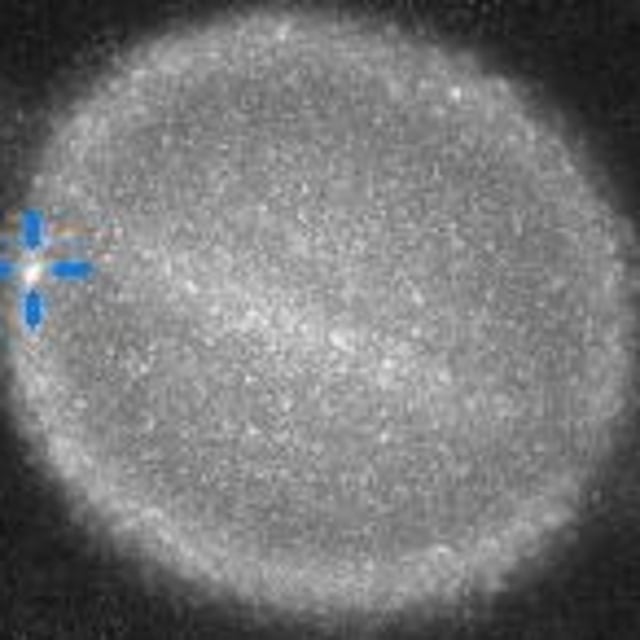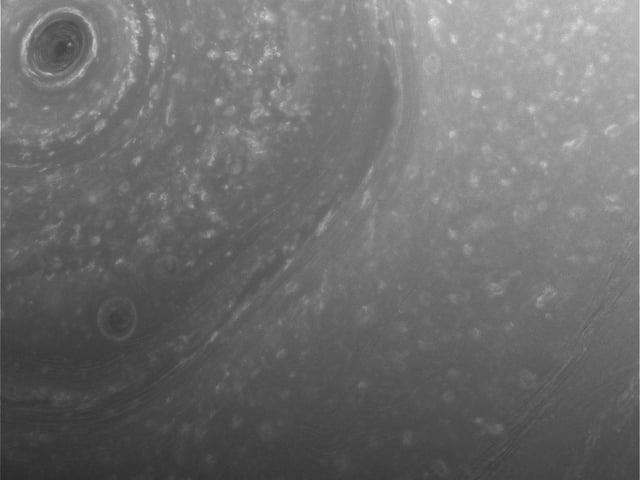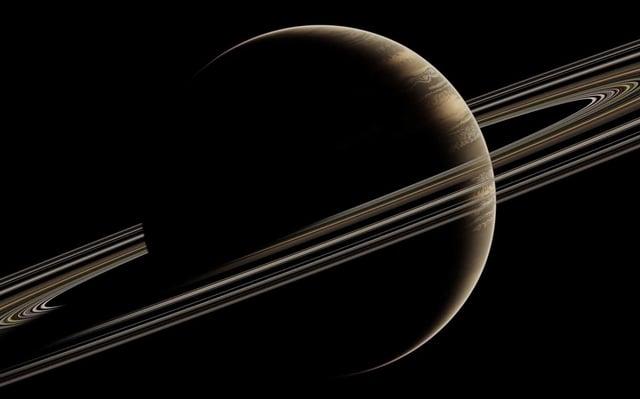Overview
- NASA-affiliated amateur astronomer Mario Rana captured a faint flash on Saturn on July 5 between 09:00 and 09:15 UT that may indicate a meteor impact.
- The Planetary Virtual Observatory & Laboratory and researcher Marc Delcroix are urging both amateur and professional observers to submit any recordings from that time frame to verify the event.
- Saturn’s hydrogen-helium atmosphere prevents visible craters, so previous impact evidence came only from Cassini’s detection of ripples in the planet’s rings.
- Impact models suggest that objects over one kilometer strike Saturn roughly once every 3,125 years, while smaller collisions may occur as frequently as they do on Earth.
- Astronomers draw on parallels with Jupiter, where similar brief flashes have been observed, to guide their search for transient impact signatures on gas giants.



